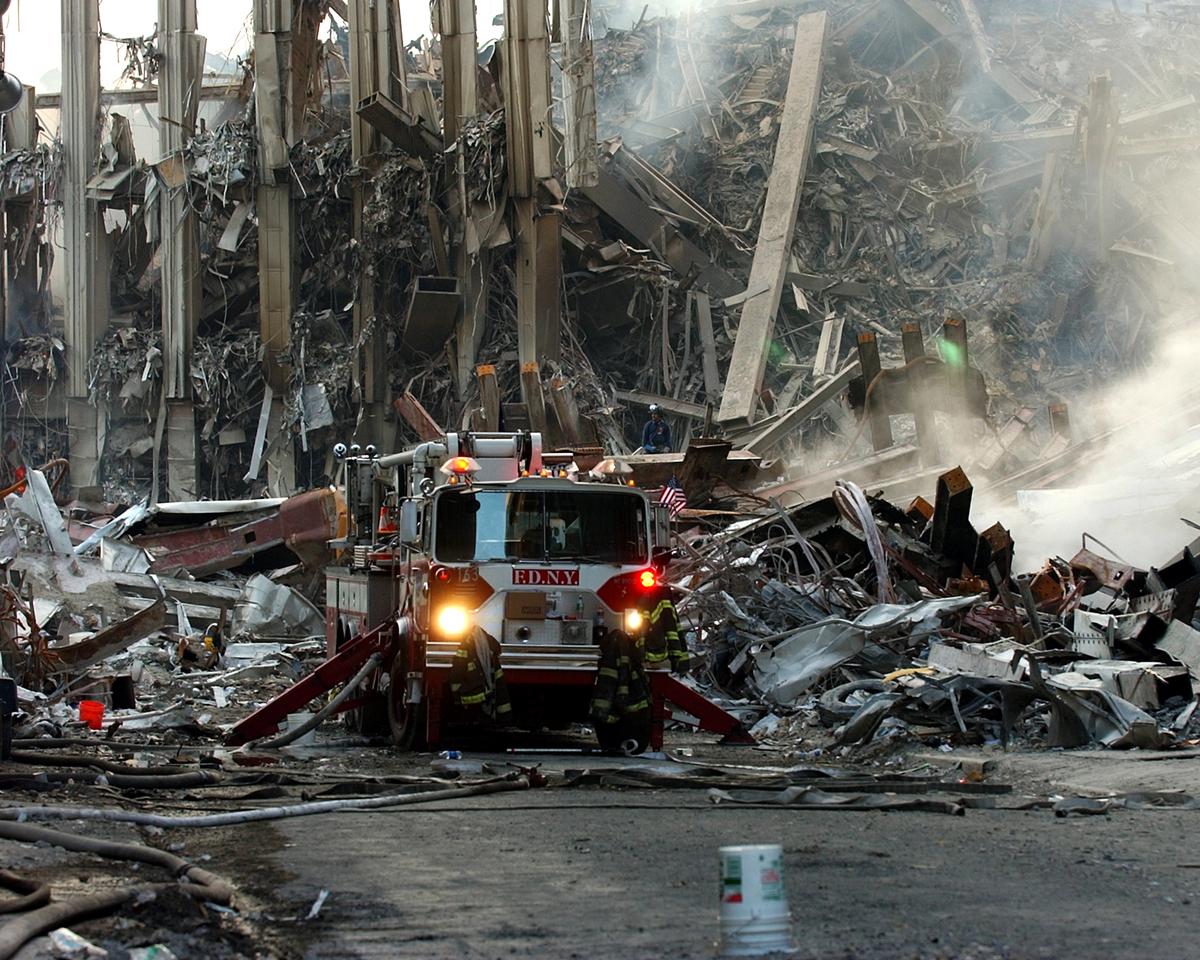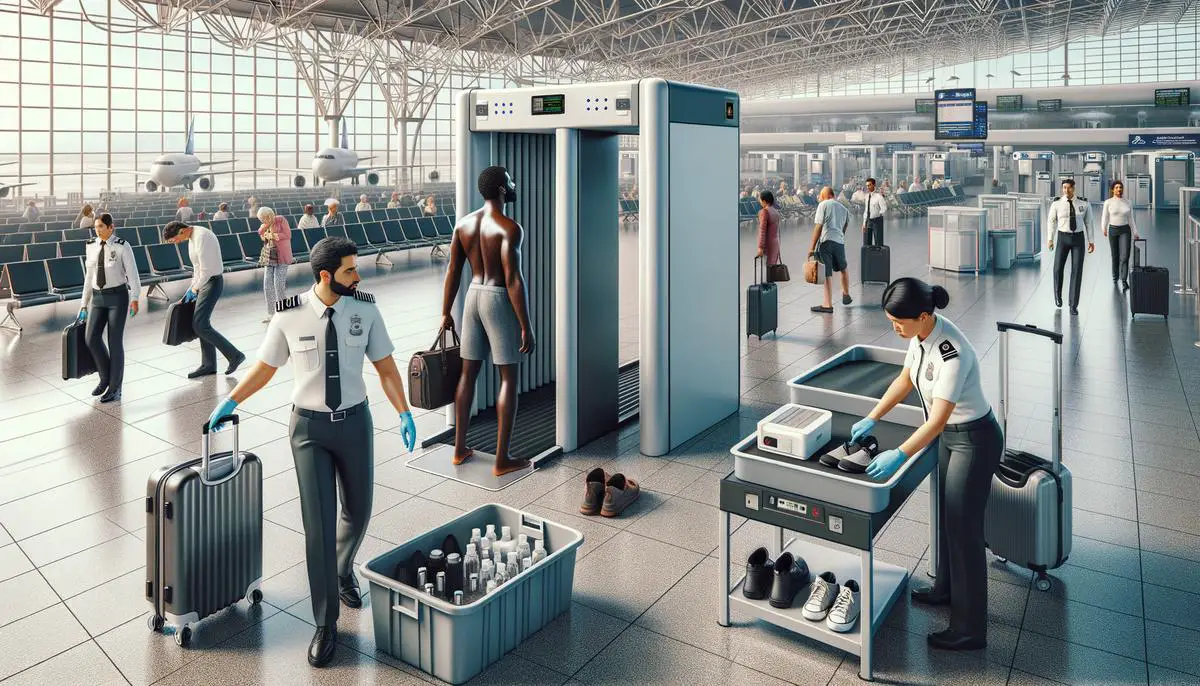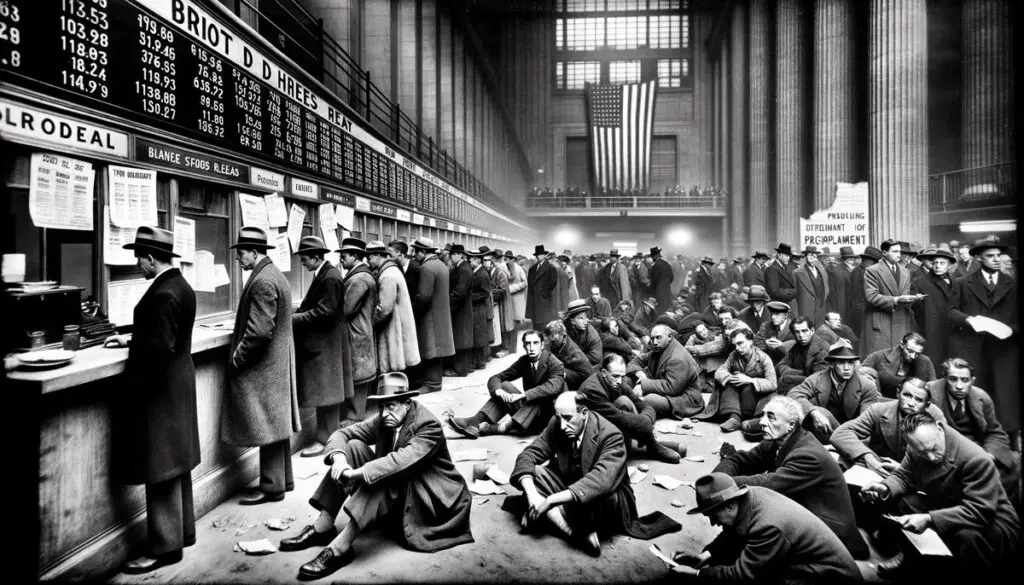Osama bin Laden, the mastermind behind the 9/11 attacks, held deep-seated beliefs about America's vulnerabilities. Driven by perceptions of U.S. weakness, bin Laden was convinced that a severe enough shock could provoke retreats. Khalid Sheikh Mohammed, often referred to as "KSM," brought operational expertise to this vision, proposing the audacious idea of using commercial planes as missiles to strike at the heart of the United States.
The details of the plot were refined in Hamburg, Germany, where an integral cell, including key pilot Mohammed Atta, was based. This Hamburg cell became central to the planning and execution phases, focusing on logistics from flight training to entry routes into the U.S.
In Afghanistan, Atta and others were handpicked by bin Laden and Atef, recognized for their potential as leaders capable of carrying out the complex tasks ahead. These discussions solidified the operational command structure, moving the plan from ideation to execution.
As preparations advanced, the hijackers' entry into the U.S. was carefully orchestrated to avoid detection. Their activities, from flight lessons to casing airports, were pieces of a larger puzzle arranged by KSM and his cohorts under bin Laden's overarching vision.
The attacks on September 11, 2001, demonstrated the chilling effectiveness of their planning. The devastation inflicted aimed a psychological blow at American peace and security, shaking perceptions of U.S. invulnerability. This act of terror was the result of calculated strategies rooted in grievances and a determination to bring a superpower to its knees.
In the immediate aftermath of the September 11 attacks, New York City, Washington D.C., and Pennsylvania witnessed unprecedented devastation.
- At Ground Zero, where the Twin Towers stood, the South Tower collapsed at 9:59 a.m., followed by the North Tower at 10:28 a.m. This disaster claimed the lives of 2,763 individuals, including 343 firefighters and 60 police officers who responded valiantly to rescue trapped civilians and extinguish the blazes.1
- The Pentagon also suffered significant damage when American Airlines Flight 77 crashed into its western side. All 64 passengers on the airliner and 125 military and civilian personnel inside the building perished. The impact left a gaping hole in the complex, challenging firefighting efforts and rescue operations.
- In a field in Pennsylvania, United Flight 93 plunged into the ground after passengers courageously interfered with the hijackers' plans, preventing the aircraft from reaching its likely target in Washington D.C. All 44 people on board died, but their actions marked them as heroes.
Each location experienced vast evacuations, turning workplaces into sites of frantic escape and later, poignant vigils. The aftermath was marked by debris, smoke, and the perpetual din of sirens. Emergency services were pushed to their limits, dealing with hazards, structural instabilities, and the emotional weight of the situation.
In New York, first responders from the Fire Department and Police Department exhibited unyielding bravery while facing immense losses. The FDNY lost hundreds from their ranks and grappled with a stretched force as they managed ongoing fires, safety checks, and potential secondary collapses. Coordination amidst the chaos posed an extra hurdle for those at Ground Zero.
Amidst the destruction lay stories of small group rescues and escapes, revealing resilience in the face of calamity. The sacrifice and selflessness shown set a profound precedent for emergency response that persists in strategies and training today.

The reverberations of September 11 were felt globally, compelling nations to tighten security protocols and collaborate against the shared vulnerability to terrorism. Airport security underwent a sweeping overhaul, with enhanced measures such as:
- Mandatory shoe removal
- Restrictions on liquids in carry-on luggage
- More thorough body scans
In the United States, the USA PATRIOT Act expanded law enforcement's ability to surveil, search, and detain in efforts to prevent terrorist activities. The establishment of the Department of Homeland Security (DHS) in 2002 signified a major government reorganization, consolidating numerous federal agencies under one directorate to coordinate protection efforts across national, state, and local levels.
International intelligence-sharing networks gained precedence, underscoring an era of global cooperation in counter-terrorism. Programs like the Container Security Initiative and the Secure Freight Initiative emerged, pre-screening cargo destined for the United States before it arrived at ports.
Security measures extended into everyday policing, with cities worldwide increasing surveillance and adopting proactive emergency-response plans. These sweeping security enhancements became the new normal, embedding a culture of vigilance that endures to this day.
Each implemented policy and initiated department revealed a dual narrative: an increased assurance of safety but at a cost to personal freedoms and privacy, leaving a legacy of debates on finding balance that continues to evolve decades after the attacks.

- 9/11 Commission Report. National Commission on Terrorist Attacks Upon the United States; 2004.
- 9/11 Terror Attacks - April 24, 2024
- Watergate Scandal - April 23, 2024
- Vietnam War Protests - April 22, 2024




